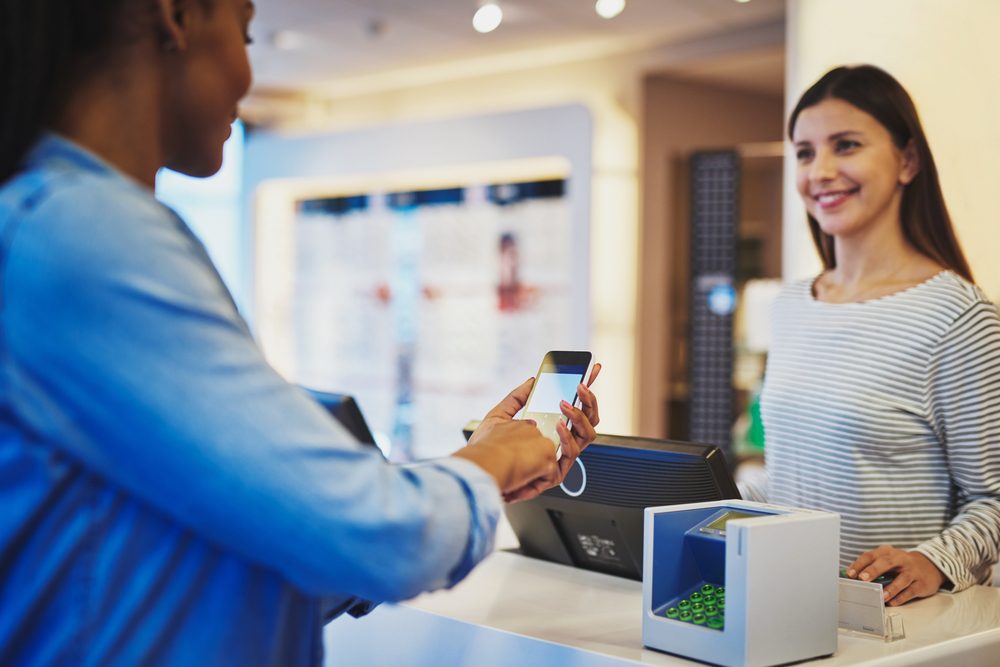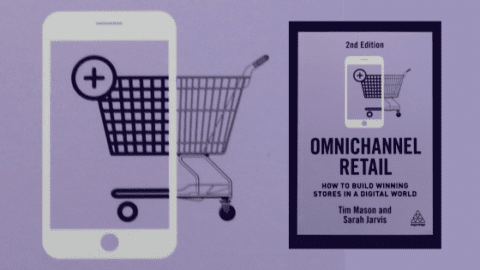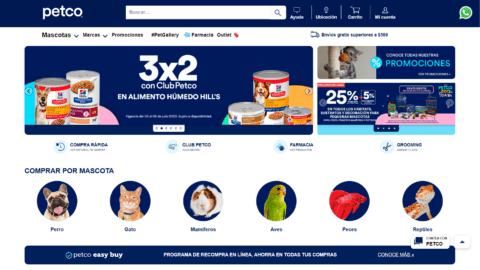Retailers must make sure their loyalty programs stand out from the crowd: 75% of consumers actively earn and redeem rewards in just three or fewer programs, according to the Loyalty in the Age of the Connected Consumer report by Kobie Marketing. Successful loyalty programs consistently engage shoppers to keep them interested, rather than exist for the occasional scheduled discount.
Kobie outlines four key steps to increasing long-term interest in loyalty programs:
- Analyze generational preferences;
- Consider a points-based program;
- Prioritize convenience and clear value; and
- Clearly communicate the steps to earning awards.
Identify And Address Generational Preferences
Retailers should keep generational preferences in mind when designing their programs. Different age groups diverge on the benefits they seek and how they prefer to redeem loyalty rewards:
- Members of Gen Z are more protective of their data than other generations, and 28% of the group said giving up personal information was a barrier to joining a loyalty program;
- Millennials are the most price-conscious and time sensitive shoppers of all — 28% consider convenience when deciding whether to join a loyalty program, and 78% look for discounts;
- Gen X doesn’t want to be bothered without good reason: 48% prefer programs that send fewer emails or irrelevant notifications;
- Baby Boomers and the Silent Generation are less receptive to cardless loyalty programs, and 72% rated swipe card-based programs among their top preferences.
Points Matter To Most Shoppers
Regardless of other differences, all generations are interested in points-based loyalty programs: 86% of shoppers said they’ve joined a loyalty program to collect points for rewards. These programs make shoppers feel like they’re actively getting something in return for shopping with a particular retailer, rather than passively waiting for the right coupon to be dispensed.
“They didn’t specify what rewards, it was just about the dynamic of collecting points,” said Kate Hogenson, Senior Loyalty Consultant at Kobie Marketing in an interview with Retail TouchPoints. “That’s fascinating to me, because a lot of retailers say points programs are dead. I would say badly-designed points programs are dead.”
Convenience And Perceived Value Resonate With Younger Shoppers
When targeting younger shoppers, keep in mind that they want to earn points, but they also want to feel the rewards offer a significant value in a reasonable amount of time: 45% of Millennials avoid joining loyalty programs that require too many purchases to earn rewards or redeem points, as do 40% of Gen Z. The second-largest concern was the cost associated with joining, cited by 39% of Millennials and 33% of Gen Z respondents.
A well-run points program avoids the value concern and overcomes the cost barrier, according to Hogenson. The Starbucks loyalty program is popular despite requiring significant work up front — not only do customers need to give up personal information, they need to use or sign up for a gift card. However, it also lets shoppers pay with their phones in addition to accumulating point-based rewards, adding enough convenience and benefits to make the program appealing to younger shoppers.
“All I have to do is carry my phone,” said Hogenson. “I don’t even need a wallet, I can go for a jog and get a smoothie on the way home just by flashing my phone. That’s the balance you have to strike. Not only am I going to get a free drink every now and then, I am going to have a better experience every time I deal with this brand.”
The Starbucks loyalty program’s popularity is undeniable: more than 23.4 million people aged 14 and over will use the Starbucks app to make a purchase at least once every six months in 2018, according to data from eMarketer. Its usage is ahead of both Apple Pay (22 million users) and Google Pay (11.1 million users).
Communicate Clearly And Concisely To Keep Shoppers Engaged
Informing shoppers that they have awards waiting should be a component of every loyalty program, but retailers must avoid clogging customers’ inboxes, particularly when targeting Gen X. Clarity is the key to success: when the retailer clearly explains that a reward came from the loyalty program, consumers are more motivated to redeem.
“It may seem boring for you to say, ‘This is your reward,’ but cuing people in is very powerful,” said Hogenson. “We’ve seen redemption and clickthrough rates that are at least 50% higher, and sometimes as much as 300% higher, when you have been very specific about saying ‘here’s what you’ve earned.’”
Retailers should also should give customers options by offering both quickly delivered smaller rewards as well as more significant rewards that require more points. The combination appeals to a broader selection of shoppers, letting them choose which kind of benefit they prefer.
“The idea of a tiered reward means that you have a selection of rewards, and you have rewards that can be earned at different levels,” said Hogenson. “There’s something that’s easy to get to, and maybe there’s something aspirational that you save up your rewards for. Some people like to bank, and save up for a bigger reward, some people like to burn it quickly.”
Points-based programs can be further customized to match any retailer’s brand, adding convenience, discounts or prizes to appeal to their particular customer base. A properly tailored program can make shoppers feel engaged with the company, which translates to longer-term loyalty.













